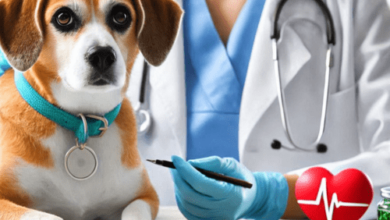The Intersection Of Public Health And General Practice

Public health and general practice often cross paths. Each plays a vital role in community well-being. Public health focuses on prevention and education. The general practice offers personal, routine care. Together, they tackle issues like disease prevention, vaccination, and chronic illness management. For example, when a new gilbert headache medicine enters the market, both public health and general practice assess its safety and effectiveness. By working together, they ensure a healthier future for everyone.
The Role of Public Health
Public health looks at communities as a whole. It works on preventing disease and promoting health through organized efforts and informed choices. This can include campaigns for healthier eating, exercise, and vaccinations. Public health keeps the focus on wellness for the entire population. It also deals with emergencies like outbreaks and disasters.
Government agencies, like the Centers for Disease Control and Prevention (CDC), help guide these efforts. They provide data and guidelines to keep communities safe. Public health initiatives often result in policy changes, funding for health programs, and improvements in healthcare access.
The Role of General Practice
General practice, on the other hand, is more personal. It involves primary care physicians who see patients for routine check-ups, manage chronic conditions, and treat acute illnesses. These doctors build long-term relationships with their patients. This helps them to understand their patient’s unique health needs and provide tailored care.
General practice acts as the first line of defense in healthcare. It is where most people go for their initial health concerns. Physicians in this field play a crucial role in the early detection of diseases and in guiding patients on preventive measures.
How They Work Together
Though their approaches differ, public health and general practice often work hand in hand. Public health initiatives can lead to better resources and tools for general practitioners. For example, when new vaccines are developed, general practitioners are often the ones administering them.
Here is a simple comparison between public health and general practice:
| Public Health | General Practice |
| Focuses on populations | Focuses on individuals |
| Prevention and education | Diagnosis and treatment |
| Policy and community programs | Personalized care plans |
Both fields rely on data and research to improve outcomes. For instance, public health data can identify trends in disease, which then informs general practice in terms of what to watch for in patients.
Challenges and Opportunities
One challenge is ensuring both fields stay updated with the latest research and developments. With the rapid pace of medical advancements, both public health officials and general practitioners need access to the latest information. Organizations like the World Health Organization (WHO) provide resources and updates that are crucial for both fields.
Another opportunity is the integration of technology in healthcare. Electronic health records and telehealth services can bridge the gap between public health and general practice. These tools allow for better communication and data sharing, leading to enhanced patient care and more efficient public health responses.
Conclusion
The intersection of public health and general practice represents a powerful alliance in healthcare. By combining their strengths, they improve health outcomes and enhance quality of life. Whether it’s through the rollout of new medications or the management of public health crises, both are essential to maintaining and improving the health of all communities.




